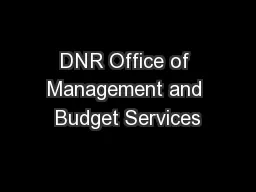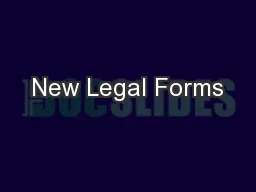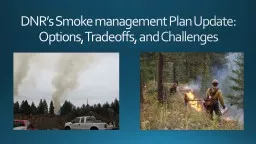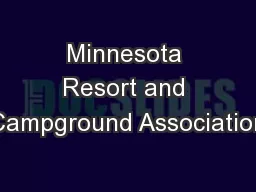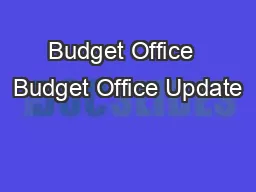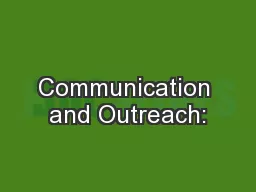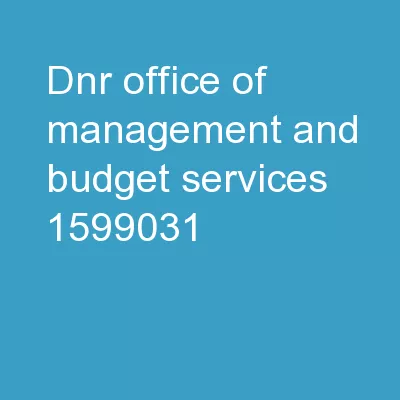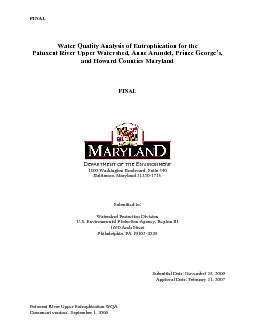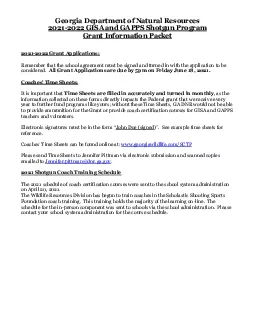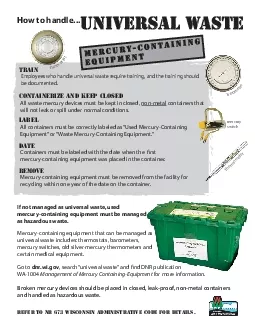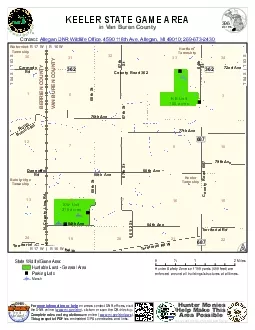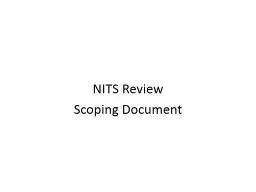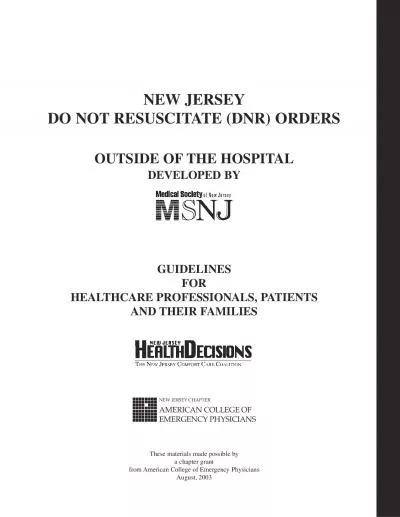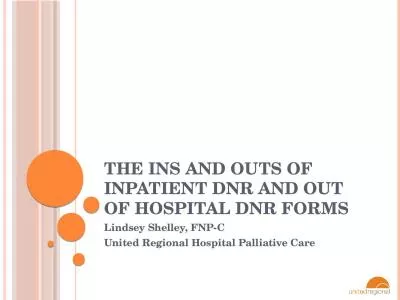PPT-DNR Office of Management and Budget Services
Author : lindy-dunigan | Published Date : 2016-12-09
ANNUAL PassThrough Grant TRAINING 1 Housekeeping Items 2 To avoid background noise please keep your phone on mute unless you are asking a question We will pause
Presentation Embed Code
Download Presentation
Download Presentation The PPT/PDF document "DNR Office of Management and Budget Serv..." is the property of its rightful owner. Permission is granted to download and print the materials on this website for personal, non-commercial use only, and to display it on your personal computer provided you do not modify the materials and that you retain all copyright notices contained in the materials. By downloading content from our website, you accept the terms of this agreement.
DNR Office of Management and Budget Services: Transcript
Download Rules Of Document
"DNR Office of Management and Budget Services"The content belongs to its owner. You may download and print it for personal use, without modification, and keep all copyright notices. By downloading, you agree to these terms.
Related Documents

